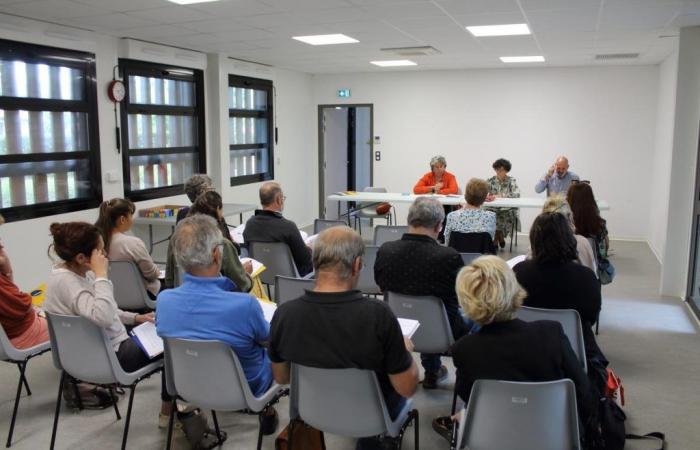Thursday June 20, the association for integration through economic activity Essor held its general meeting.
This year was special with a largely renewed team: the director Guillaume Labrousse, the socio-professional guide Nathalie Picard and the president Isabelle Hyot, who said she was “convinced that the association has a role to play in the region for people far from employment.
This association intends to be, for a maximum period of two years, the employer of its beneficiaries. The latter thus have, during this time, a customary fixed-term contract, renewed every two months.
“We are in the human field. I find it hard to tell them to leave after 24 months,” the president emphasizes, however. “But former beneficiaries often come back afterwards, especially when they encounter difficulties with certain administrations, because Essor is a place where people listen.”
Lack of people
In 2023, the association recorded a number of 33,473 hours worked, which is less than in 2022, due to the non-renewal of certain positions in college, and on the Cazaux base.
However, the demand is constant from individuals, but “we refuse missions because we lack people”, specifies Guillaume Labrousse.
Indeed, the criteria for entering the integration program are strict, with registration on the inclusion platform, at France Travail and interviews. Out of 88 contacts only 42 were received.
Return to work
Nearly 70% of Essor’s customers are individuals who need maintenance for their home or garden and for small jobs. 14% are businesses and 12% are communities.
“The association obtains results,” insists Guillaume Labrousse. “In 2023, five beneficiaries found a permanent contract, three obtained a fixed-term contract of more than six months and two joined the civil service. »
But a concern remains: those over 50 represent 43% of total beneficiaries and they are increasingly older. However, L’Essor has, by agreement with the State, a precise objective: the return to employment. The phenomenon is expected to increase with the retirement age increasing to 64 years.






